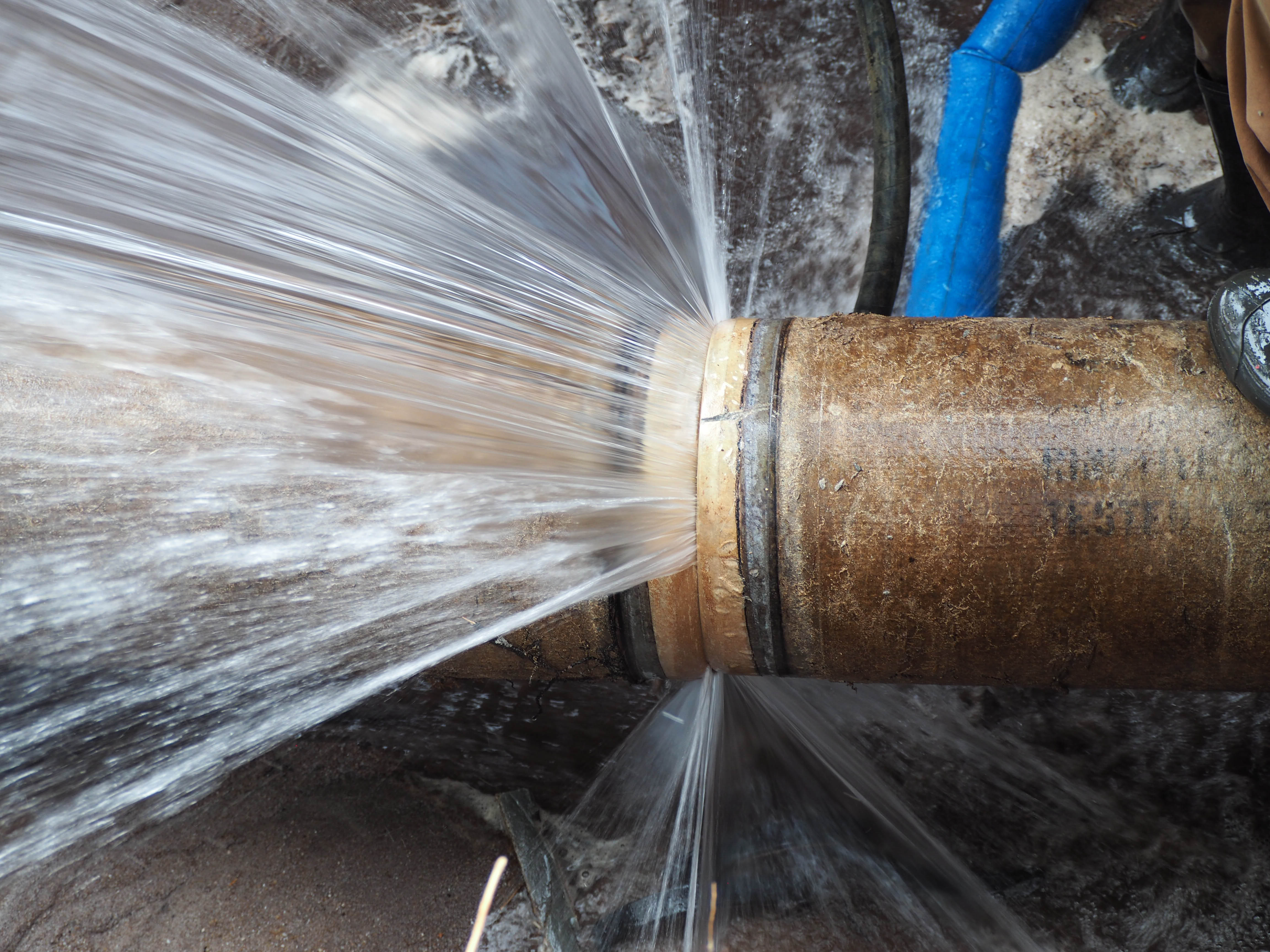Prevent Frozen Plumbing in Cold Weather: Professional Tips
Prevent Frozen Plumbing in Cold Weather: Professional Tips
Blog Article
They are making a number of great points on Prevent Frozen Pipes overall in this content down the page.

Winter can wreak havoc on your plumbing, specifically by freezing pipes. Here's exactly how to stop it from happening and what to do if it does.
Introduction
As temperature levels decrease, the threat of frozen pipes boosts, potentially bring about costly repair services and water damages. Comprehending just how to stop icy pipelines is essential for house owners in cool environments.
Recognizing Icy Pipelines
What causes pipelines to ice up?
Pipes freeze when exposed to temperatures listed below 32 ° F (0 ° C) for prolonged durations. As water inside the pipes ices up, it broadens, putting pressure on the pipeline wall surfaces and possibly triggering them to burst.
Threats and problems
Icy pipes can bring about water system interruptions, home damage, and expensive fixings. Burst pipes can flooding homes and create considerable architectural damage.
Indications of Frozen Pipes
Recognizing frozen pipelines early can prevent them from rupturing.
Exactly how to recognize frozen pipes
Seek reduced water flow from taps, uncommon smells or sounds from pipes, and visible frost on revealed pipelines.
Avoidance Tips
Shielding vulnerable pipes
Cover pipelines in insulation sleeves or make use of warmth tape to shield them from freezing temperatures. Focus on pipes in unheated or exterior locations of the home.
Home heating strategies
Maintain interior areas appropriately warmed, specifically locations with plumbing. Open closet doors to permit warm air to circulate around pipelines under sinks.
Protecting Outdoor Pipes
Garden hoses and outdoor taps
Detach and drain pipes yard pipes before winter. Set up frost-proof faucets or cover exterior faucets with shielded caps.
What to Do If Your Pipes Freeze
Immediate activities to take
If you think frozen pipes, maintain taps open to alleviate stress as the ice melts. Utilize a hairdryer or towels taken in hot water to thaw pipelines slowly.
Long-Term Solutions
Structural modifications
Take into consideration rerouting pipelines away from exterior walls or unheated locations. Include additional insulation to attics, basements, and crawl spaces.
Updating insulation
Purchase top quality insulation for pipes, attics, and walls. Proper insulation helps keep consistent temperature levels and reduces the risk of frozen pipes.
Final thought
Stopping icy pipelines requires positive steps and quick responses. By understanding the reasons, signs, and preventive measures, homeowners can safeguard their plumbing throughout cold weather.
5 Ways to Prevent Frozen Pipes
Drain Outdoor Faucets and Disconnect Hoses
First, close the shut-off valve that controls the flow of water in the pipe to your outdoor faucet. Then, head outside to disconnect and drain your hose and open the outdoor faucet to allow the water to completely drain out of the line. Turn off the faucet when done. Finally, head back to the shut-off valve and drain the remaining water inside the pipe into a bucket or container. Additionally, if you have a home irrigation system, you should consider hiring an expert to clear the system of water each year.
Insulate Pipes
One of the best and most cost-effective methods for preventing frozen water pipes is to wrap your pipes with insulation. This is especially important for areas in your home that aren’t exposed to heat, such as an attic. We suggest using foam sleeves, which can typically be found at your local hardware store.
Keep Heat Running at 65
Your pipes are located inside your walls, and the temperature there is much colder than the rest of the house. To prevent your pipes from freezing, The Insurance Information Institute suggests that you keep your home heated to at least 65 degrees, even when traveling. You may want to invest in smart devices that can keep an eye on the temperature in your home while you’re away.
Leave Water Dripping
Moving water — even a small trickle — can prevent ice from forming inside your pipes. When freezing temps are imminent, start a drip of water from all faucets that serve exposed pipes. Leaving a few faucets running will also help relieve pressure inside the pipes and help prevent a rupture if the water inside freezes.
Open Cupboard Doors
Warm your kitchen and bathroom pipes by opening cupboards and vanities. You should also leave your interior doors ajar to help warm air circulate evenly throughout your home.

As an enthusiastic person who reads about Preventing and dealing with frozen pipes, I assumed sharing that excerpt was worth the trouble. Do you know about another individual who is intrigued by Preventing and dealing with frozen pipes? Take a moment to share it. We truly appreciate reading our article about How to Prevent Your Pipes From Freezing.
Book A Free Estimate Report this page